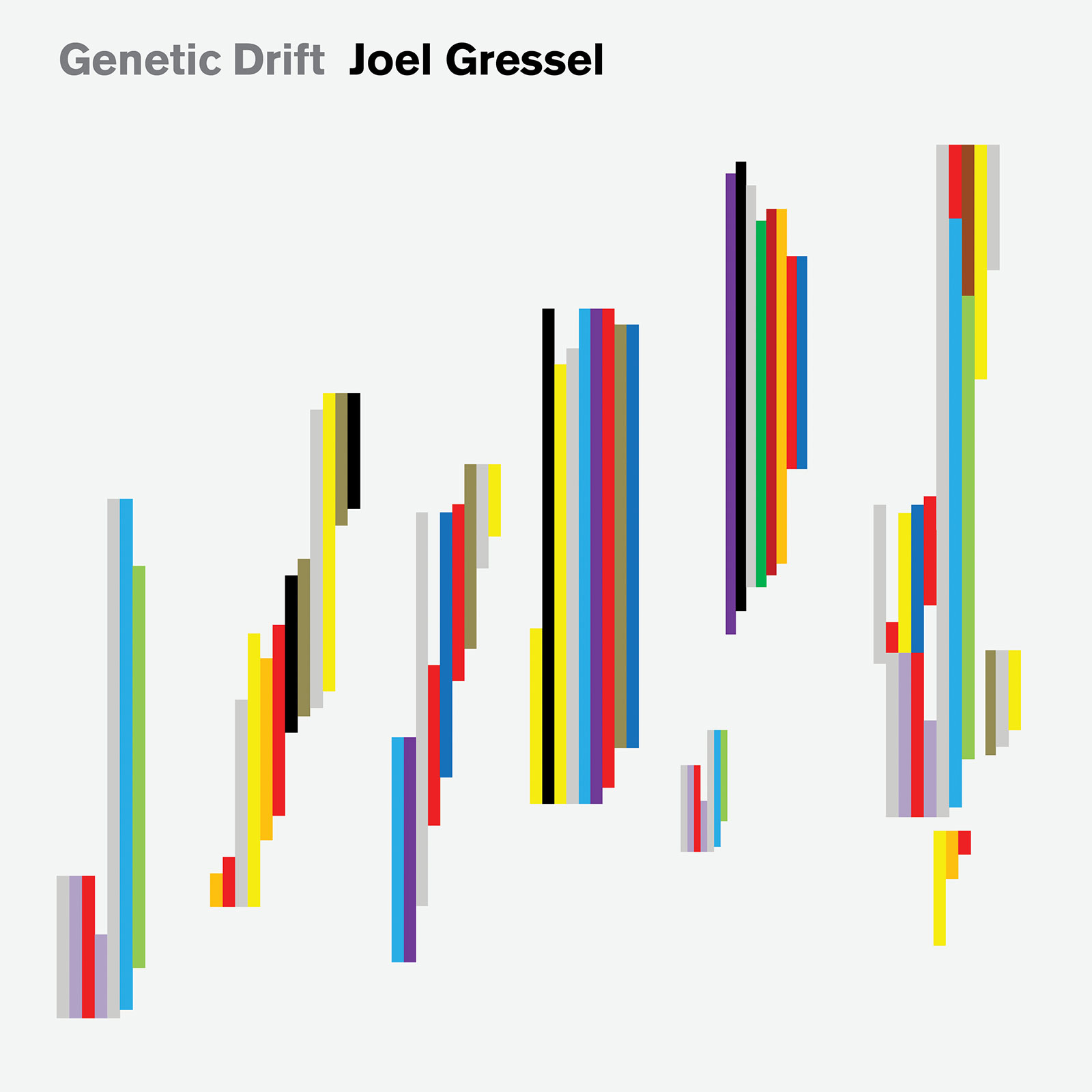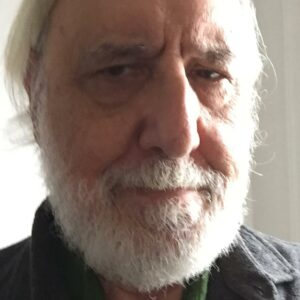
Share Album:
Genetic Drift
Joel Gressel composer
GENETIC DRIFT, a 17-piece collection from electronic music composer Joel Gressel, is among the latest releases from Ravello Records. The various tracks featured on the album were composed over the course of 20 years, each using the same set of sophisticated compositional rules to produce their unique sounds.
GENETIC DRIFT was created using a decades-old computer software that allows the composer to form a virtual “orchestra” of synthesizers, each “instrument” programmed with distinctive behaviors and timbral characteristics. Gressel’s compositions are inputed as code into the software, which is then manipulated according to complex mathematical operations churned out by the computer. There are no recorded instruments on the entire album—everything the listener hears comes from the mind of the machine, as ordained by Gressel’s programming. The music is as tantalizing and compelling as it is unsettling. Ethereal chimes, synthesized whistles, and warbling oscillators produce clouds of mind-bending tone clusters. Some of the pieces are rooted in concrete inspirations, like “The Final Approach,” which imagine scenes from the end of life. Other tracks on the album are wholly abstract artworks.
The immersive soundscapes featured on GENETIC DRIFT are remarkable both for their compositional ingenuity and the uniqueness of their medium. Intrinsic to their musicality and profound emotive power are the age-old hopes, quandaries, and fears, regarding humankind’s relationship with the machine.
Listen
Track Listing & Credits
| # | Title | Composer | Performer | |
|---|---|---|---|---|
| DISC ONE | ||||
| 01 | In Your Dreams | Joel Gressel | Joel Gressel | 12:18 |
| 02 | And Its Discontent | Joel Gressel | Joel Gressel | 12:52 |
| 03 | Ice Storm | Joel Gressel | Joel Gressel | 15:26 |
| 04 | ShortStops | Joel Gressel | Joel Gressel | 11:45 |
| 05 | The Deep End | Joel Gressel | Joel Gressel | 12:50 |
| DISC TWO | ||||
| 01 | This Way Lies Madness | Joel Gressel | Joel Gressel | 14:32 |
| 02 | Genetic Drift | Joel Gressel | Joel Gressel | 10:05 |
| 03 | The Public Option | Joel Gressel | Joel Gressel | 10:04 |
| 04 | The Final Approach | Joel Gressel | Joel Gressel | 9:07 |
| 05 | Losses | Joel Gressel | Joel Gressel | 11:50 |
| 06 | Mixed Emotions | Joel Gressel | Joel Gressel | 12:54 |
| DISC THREE | ||||
| 01 | From an Undisclosed Location | Joel Gressel | Joel Gressel | 13:10 |
| 02 | Inside Job | Joel Gressel | Joel Gressel | 10:26 |
| 03 | Round Trips | Joel Gressel | Joel Gressel | 12:17 |
| 04 | A Trifle One-Sided | Joel Gressel | Joel Gressel | 10:00 |
| 05 | Under the Radar | Joel Gressel | Joel Gressel | 8:38 |
| 06 | Moving On | Joel Gressel | Joel Gressel | 10:53 |
The 17 pieces in this collection were composed over a 20-year span, from 1999 to 2019. Although I believe each is unique, all were created on similar computers, using the same software, the same underlying pitch system, and the same methods for specifying rhythmic events. I will discuss each of these commonalities before tackling the more difficult issues of form, content, and expression.
All works published by American Composers Edition (BMI) New York NY
Executive Producer Bob Lord
Executive A&R Sam Renshaw
A&R Director Brandon MacNeil
A&R Jacob Smith
VP, Audio Production Jeff LeRoy
Audio Director Lucas Paquette
VP, Design & Marketing Brett Picknell
Art Director Ryan Harrison
Design Edward A. Fleming
Publicity Patrick Niland, Sara Warner
Artist Information

Joel Gressel
Joel Gressel (b. Cleveland, 1943) received a B.A. from Brandeis University and a Ph.D. in music composition from Princeton University. He studied composition with Martin Boykan and Milton Babbitt, and computer music with Godfrey Winham and J.K. Randall. His computer music has been recorded on the Odyssey, CRI, and American Composers Edition labels. He currently lives in New York and works as a computer programmer, maintaining and extending software that models tax-exempt housing-bond cash flows.
